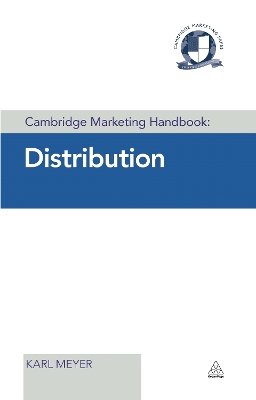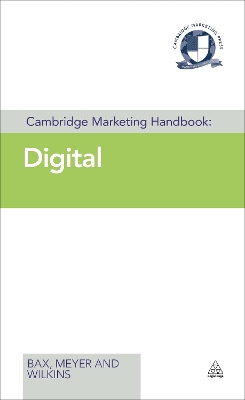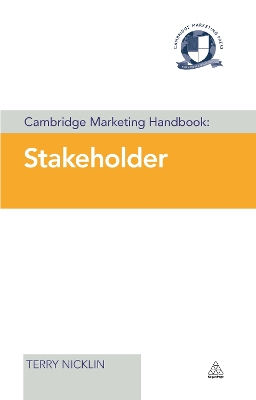Cambridge Marketing Handbooks
3 total works
Distribution within an organization relates to processes, people and interrelations between other organizations which connect the production of the products and services to their end-users. It is a chain of elements that, when connected, provides a smooth flow of orders and fulfilment across the business. It can be long and distributed or short and concise and, like any chain, it is only as strong as its weakest link. This handbook from the Cambridge Marketing College series analyses and assesses the different distribution models and identifies the key issues related to determining distribution strategy across an organisation. It provides a concise guide to identifying the key distribution activities within a wide variety of national, international, physical and online businesses and how to relate the experiences of other businesses within a company.
Cambridge Marketing Handbook: Digital
by Cambridge Marketing College, Terry Nicklin, Karl Meyer, Robert Hardy, and Neil Wilkins
Published 3 December 2013
In today's electronic age no organisation can afford to ignore digital marketing. Understanding what tools are available, how to use them and how to create and implement a co-ordinated digital campaign are essential elements for every marketer's toolbox. And Digital Marketing means more than just establishing a website. There is a complex array of channels and tools including search engine optimisation, mobile and viral marketing, blogs, social media, affiliate schemes, apps, online advertising and web analytics which together have the capability of helping a business achieve previously unseen growth. Cambridge Marketing Handbook: Digital Marketing introduces the key concepts and tools, sets out to how use them effectively and how to create and implement a digital campaign. It also includes a wealth of recommended resources to enable every marketer to keep up to date with the latest developments in this fast moving arena.
Marketers have long held the view that the customer should be central to all they think about, all they do. Yet the developments of the last few years have shown that other forces are at play that can be at least as powerful and long lasting. A broader group of stakeholders exists whose needs and interests must be understood and satisfied in the quest for a strong corporate reputation and business success. Most recently the impact of the internet and social media has amplified the power of individuals to comment on, and ultimately to influence, the activities of organizations of all types. This handbook examines the identification of stakeholders: internal, connected and external, their ability to affect the organization, and how organizations should relate to them. It also examines the organization itself and the factors which influence the development of its corporate image among its various stakeholder audiences.


